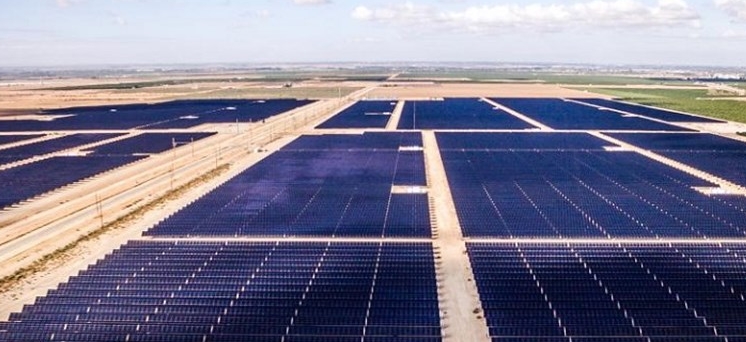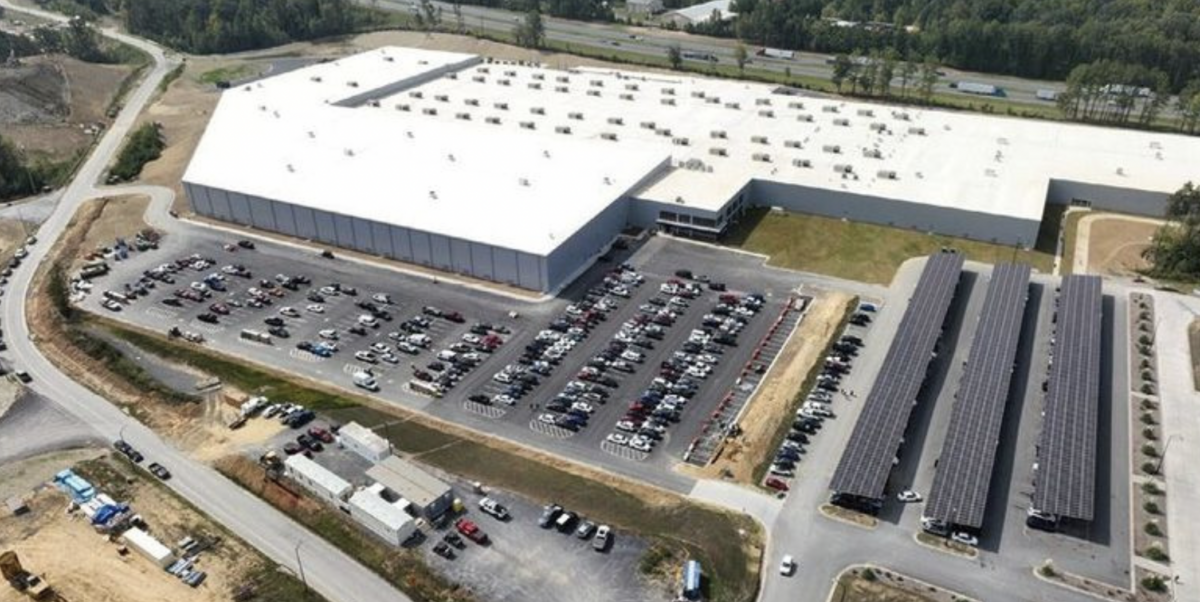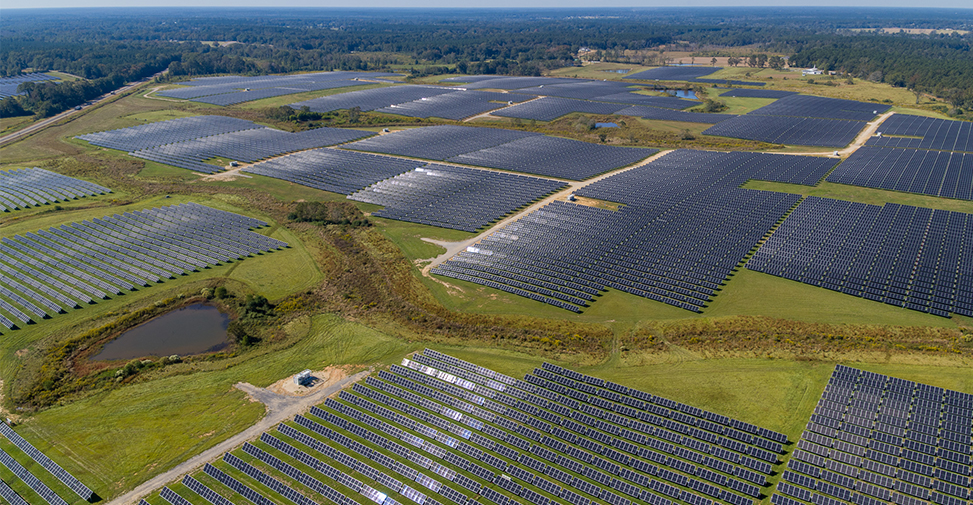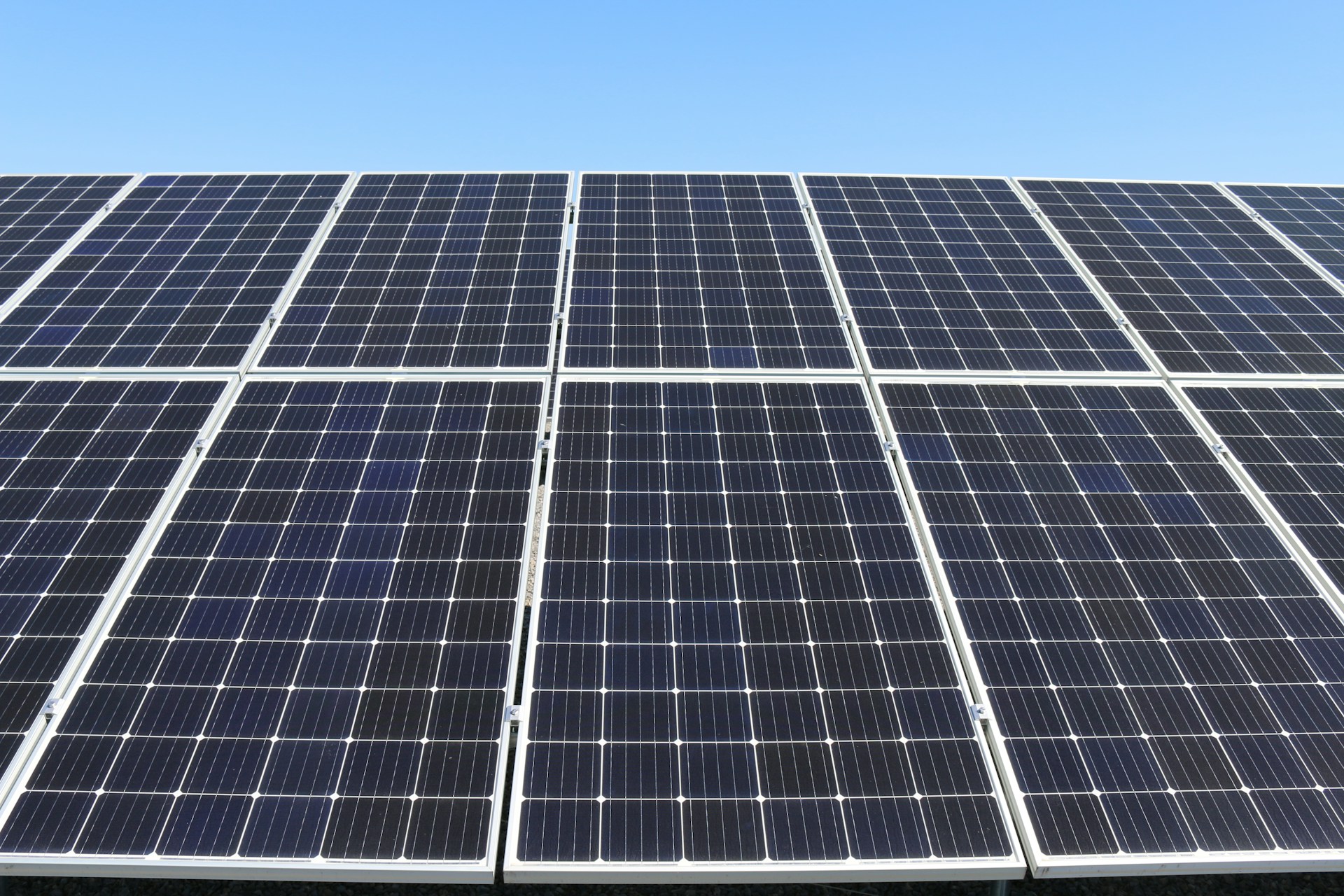Canadian Nuclear Laboratories (CNL) said on 5 October that it had achieved a breakthrough in hydrogen storage technology using a new magnesium alloy. Storage of hydrogen as a gas typically requires high-pressure tanks (35-70 MPa tank pressure). Storage of hydrogen as a liquid requires cryogenic temperatures because the boiling point of hydrogen at one atmosphere pressure is −252.8°C. Neither of these options are ideal for widespread use, CNL noted.
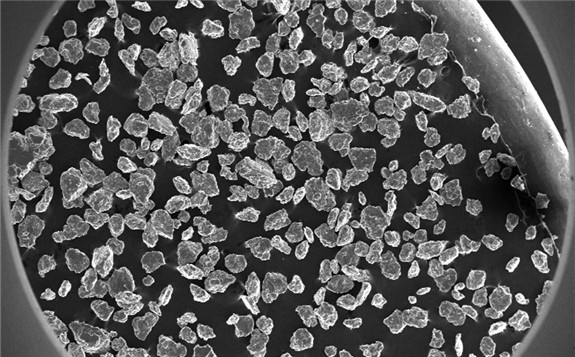 Photo Credit: CNL
Photo Credit: CNL
However, hydrogen can also be stored as a solid within a metal hydride – a hydrogen battery. “This is a safer and more cost effective storage media as it eliminates the challenges of keeping a liquid cold, or the safety issues that come with high pressure tanks.”
The concept of storing hydrogen in a metal (a hydride) has been investigated for decades, but not all metals are suitable for this, CNL explained. First, the hydrogen must be able to “recharge” the metal relatively quickly. Secondly, it must “discharge” at a rate which makes it useable for real-world applications. Third, it must be able to withstand a high number of charge/discharge cycles. And lastly, it needs to be practical: not too heavy (per unit of energy) and not too large of a footprint (energy density).
Building on decades of experience in hydrogen and hydrogen isotope research, as well as catalyst development, the team in CNL’s Hydrogen Technologies Branch “have achieved a breakthrough which appears to meet all of these criteria: a magnesium-based alloy”. A catalyst is used to bind the hydrogen to the alloy, and when heated, the hydrogen is released.
“While the specific chemistry remains part of our “secret sauce” so to speak, we have developed a magnesium-based composite which is proving in testing to be a very promising material for hydrogen storage purposes,” explained research scientist Brian Ellis. “This was not our first ‘crack’ at it. We have been experimenting with a variety of alloys for a few years, building on research done in association with the neutron scattering group in NRU, before settling on this current material.”
The new alloy developed by CNL can store just a little over 6% of its weight in hydrogen. “This presents a challenge for some applications, but opens opportunities for others,” CNL said. For example, a hydrogen powered passenger car currently carries approximately 10 kilograms of hydrogen (as a compressed gas) to allow its full operating range. That 10 kilograms of hydrogen stored in metal would weigh more than 150 kilograms. While this is too heavy for small passenger vehicles, it is an advantage in heavy equipment. Some industrial equipment – fork lifts for example – require heavy counterweights to ensure they stay balanced when moving heavy loads. “Those counterweights, if made of a metal hydride, would serve to provide the energy source for the onboard fuel cell. Win-win. Of course as a stationary energy source, for example a generator or industrial battery, weight is no longer a key consideration. The alloy is also able to be produced in various form factors – plates, pellets, powders – as the end use requires.”
Another advantage is sustainability. The materials in the alloy are all readily accessible. “When you consider this against some of the rare earth materials or lithium used in current battery technology, the storage of energy (in the form of hydrogen) in the magnesium alloy is a far more sustainable approach,” CNL noted.
In a project was funded by the Federal Nuclear Science and Technology Work Plan (FNST) and administered by AECL. The team was able to test the new metal against established standards in hydrogen storage and to repurpose existing equipment used in catalyst development. With the help of research scientist Mark Dunham the system was automated to test the new alloy up to a very high cycle count.
“The US Department of Energy (US DOE) has established a set of informal performance standards for hydrogen storage in three distinct applications: stationary systems, onboard light-duty vehicles, and materials handling equipment,” said Rob Carson, R&D Technical Officer. “One of the standards for materials handling is to successfully demonstrate 1000 ‘cycles’ of charge and discharge in a year. We completed those 1,000 cycles in six months with very minimal (<5%) capacity loss, which is an outstanding result. Very few studies have been done on cycle counts this high and to maintain over 95% capacity is really exciting.”
CNL will now ramp up the scale of testing and working to increase production to meet a volumetric target of 1 cubic metre of hydrogen. That is roughly equivalent to 1 kw/h of electricity. “This really is an exciting breakthrough,” explained Gordon Burton, Manager of the Hydrogen Technologies Branch. “Though it is very early days, the concept being demonstrated by the team opens up new possibilities and applications. A safe and simple storage option such as this is an enabler to both hydrogen production, perhaps on the individual or residential scale, and utilisation. We have the knowledge, the facilities and the desire to see this promising project move forward.”

